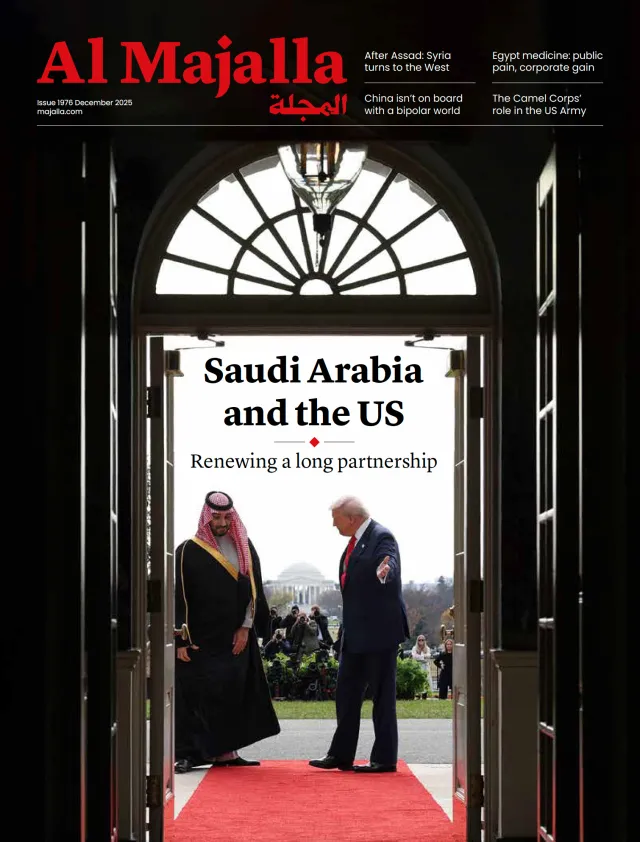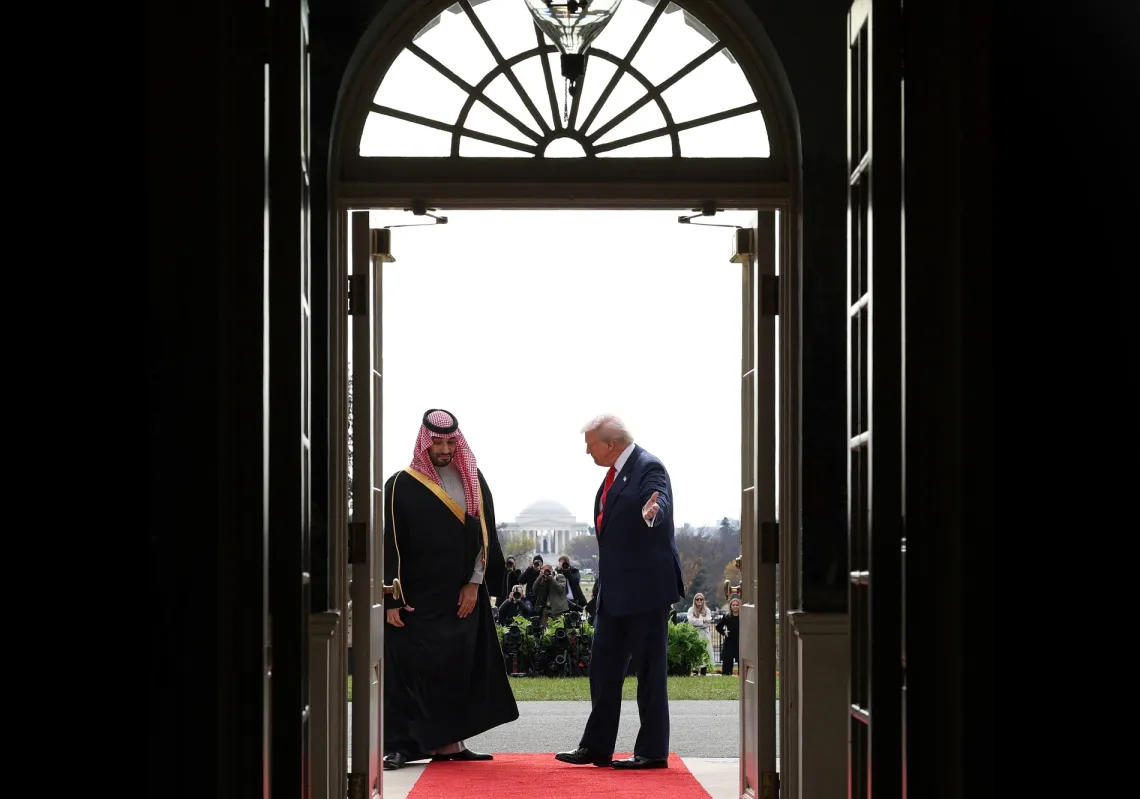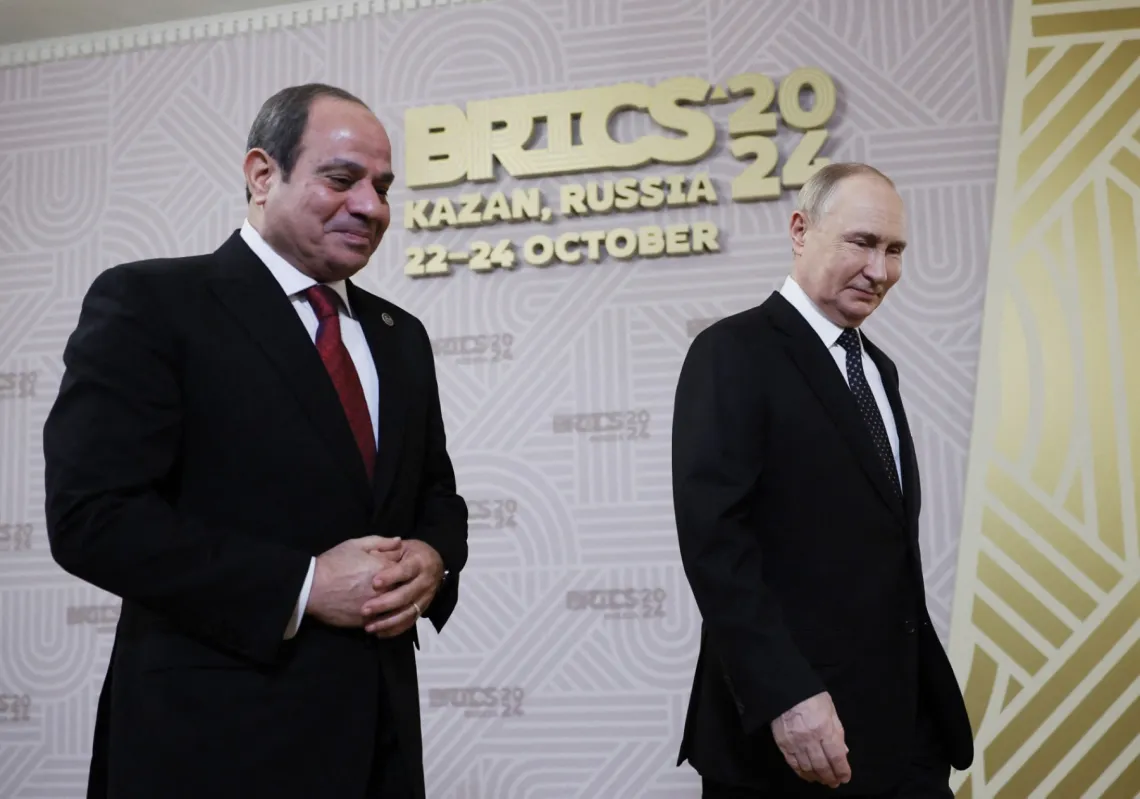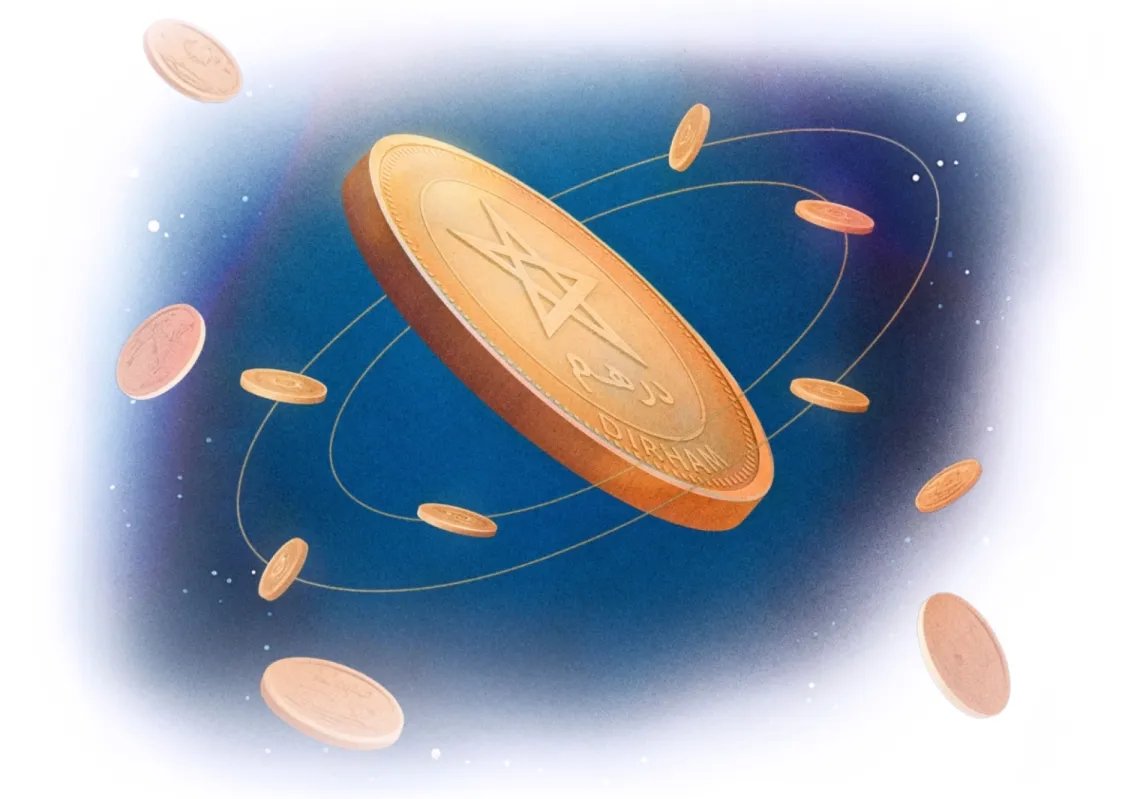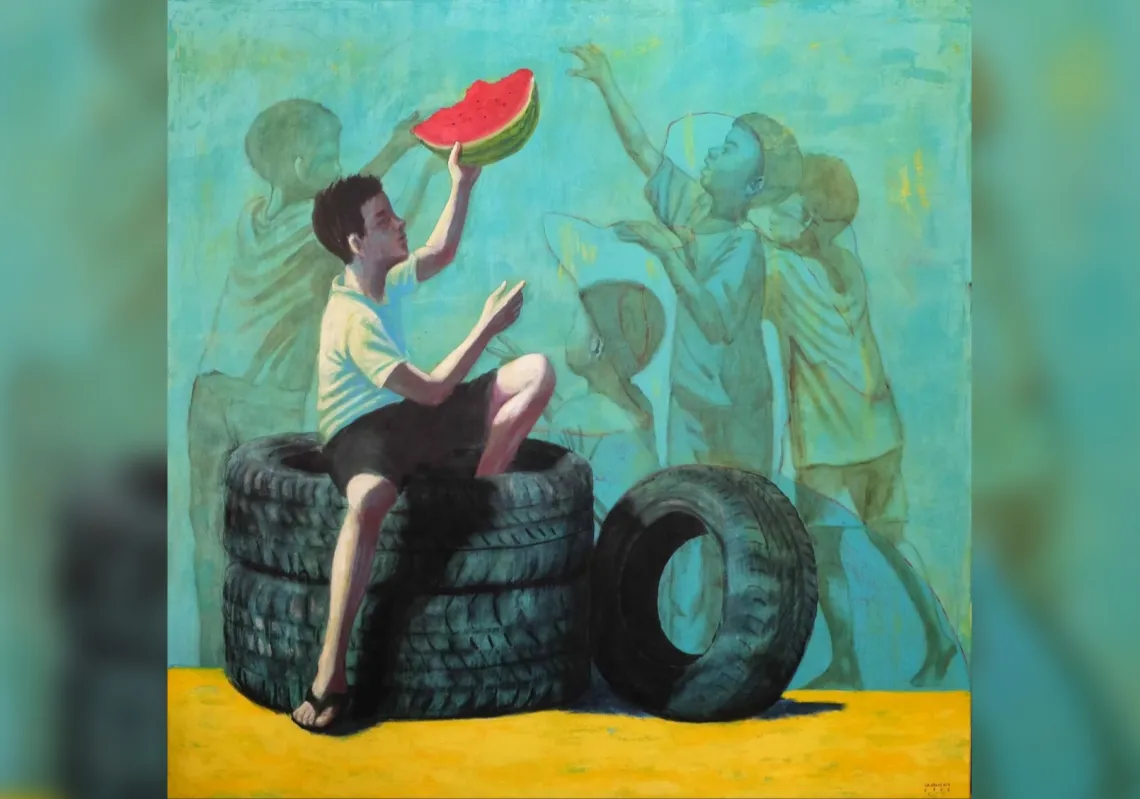Huda Taleb Siraj could be said to be following in the lickmarks of her father, Shafiq Taleb—one of the most prominent stamp collectors in Lebanon and the Arab world, with more than 150,000 stamps from more than 70 countries. This gave Siraj a deep and extensive knowledge of the field. Now a researcher in postal history, she dedicates much of her time to exploring the representation of Arab women in postage stamps.
Her journey into philately (the collection and study of stamps) is a testament to the power of reviving both individual and collective memory, as she tells Al Majalla that her professional engagement in the field began in the early 1990s, working with her father through his exhibitions and activities. In 2001, they co-authored Lebanon in Its Stamps, recognised by the Paris Postal Museum Library as a pioneering work. She authored the accompanying material and the story of each stamp in the complete Lebanese collection provided by her father.
Conversing through stamps
The theoretical foundation of all her research incorporates semiotics and its semantic branches, as well as communicative symbolism, especially conceptual language. Semiotics is the study of signs and symbols and their use or interpretation.
Her studies examine the mechanisms of communication, their tools, and their symbolic forms. This encompasses philosophical, social, and psychological dimensions at both the individual and the communal level.
Her fascination with postage stamps stems from their unique status as national symbols—distinct from flags, anthems, currency, and official publications. “Unlike these, stamps possess a remarkable ability to promote a state’s self-image, as well as its national policies and objectives, through both regular and commemorative issues marking key events and milestones.”
Siraj says popular culture is vividly reflected in Arabic postage stamps, particularly through the depiction of women’s dress and adornment. “Themes of material culture, alongside folk arts, have dominated the cultural narratives conveyed by Arab stamps,” she explains.
"Appreciating the artistic quality of these stamps is not enough... Their symbolism serves to interpret reality or align with political objectives. The visual language establishes a dual expressive dynamic—word and image—intended to intensify meaning and embed highly complex narratives within the literal and figurative elements of stamp design."

The spatial and visual structures of a stamp are integral to its communicative function, she says, generating a connection between stamp and observer. The geographical dimension of a stamp also plays a distinctive role in popular culture, resonating with regional identities, socio-economic movements, and lived realities, both within the country and across the diaspora.
She talks of integrating three interconnected dimensions: "the space of geography (the nation), the space of form (photography and graphic design), and the space of language (titles and inscriptions)... They operate in parallel with the observer's cultural repertoire."
Discourse and heritage
Through her analysis of these stamps, Siraj has come to realise that elements of popular heritage and everyday life are "employed both to reconstruct or establish historical periods for which only fragmented and scarce evidence exists". They are also employed "to highlight components of national identity—sometimes even exaggerating them as markers of cultural distinctiveness".
Arab stamps are closely linked to material heritage, whether "to preserve it or to engage with it in shaping the contours of social, economic, and developmental change," Siraj says. This relationship between popular heritage and postage stamps "qualifies them to become integral components of collective memory".
Some countries have honoured their historic festivals with commemorative stamps, incorporating elements of popular heritage such as traditional costumes, crafts, and folk dances. The Damascus International Fair, the Jerash Festivals, and the Tripoli International Fair have all had their own stamps, which "provide a platform for the intersection of diverse local identities within the cultural landscape of the region".
Regionalism is a prominent theme in some Arab postage stamps, particularly in their depictions of folk dances and traditional attire, which are often linked to nations with ethnically or culturally diverse populations. "This serves as an official acknowledgment of the uniqueness of these groups and their right to publicly express their distinct identity," she explains.
On the other hand, Arab stamps have increasingly aligned with global trends, recognising identities as complementary rather than marginal or adversarial. These stamps also offer a space for the representation of women, "particularly in themes related to traditional dress and handicrafts," she says.

Portrayal of women
As part of her research, Siraj studied women's folk costumes as it intersects with a broader theme—the representation of women in Arab postage stamps. She notes that "folk costumes serve as both a sensory and communicative gateway, functioning as a universal theme in philately".
She identifies five distinct regional themes in folk costumes, spanning the Arab East—specifically Syria, Lebanon, Palestine, Jordan, and Iraq—down to the Arabian Gulf, the Maghreb, and Egypt, which was the first Arab country to issue postage stamps. "All Arab countries, with the exception of two, have issued stamps under the theme of traditional or popular dress," she says.
In the Levant, Syria was the first to do so (1963), followed by Iraq (1967), Lebanon (1973), and Jordan (1975). They all later issued stamps under the title Traditional Costumes, with intricate compositions and vibrant colours.
The Palestinian Authority issued its first stamps in 1995, depicting traditional attire that asserted Palestinian identity. Another series in 2002 was called National Costumes. On International Women's Day 2015, the State of Palestine issued two stamps featuring women in traditional dress.
In the Gulf, Bahrain first issued stamps featuring traditional costumes and jewellery in 1975 to coincide with International Women's Day, while the UAE issued stamps featuring photos of women in traditional attire. The Maghreb region also embraced the theme of traditional costumes, first from Tunisia, then from Algeria, Libya, and Morocco.
Siraj notes that Tunisia even has a national day dedicated to traditional industries and national dress. Traditional jewellery has also been prominently featured in Arab postage stamps, with notable issues from Bahrain (1975), Qatar (2003), the UAE, Saudi Arabia, Oman, Tunisia, Morocco, and Libya.
The refined aesthetic of postage stamps—their intricate design and ornamentation—lends them symbolic power. This visual sophistication enhances their interactive role as both a cultural artefact and political statement while simultaneously serving as an integral part of both popular and official memory.

